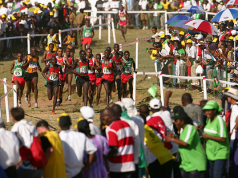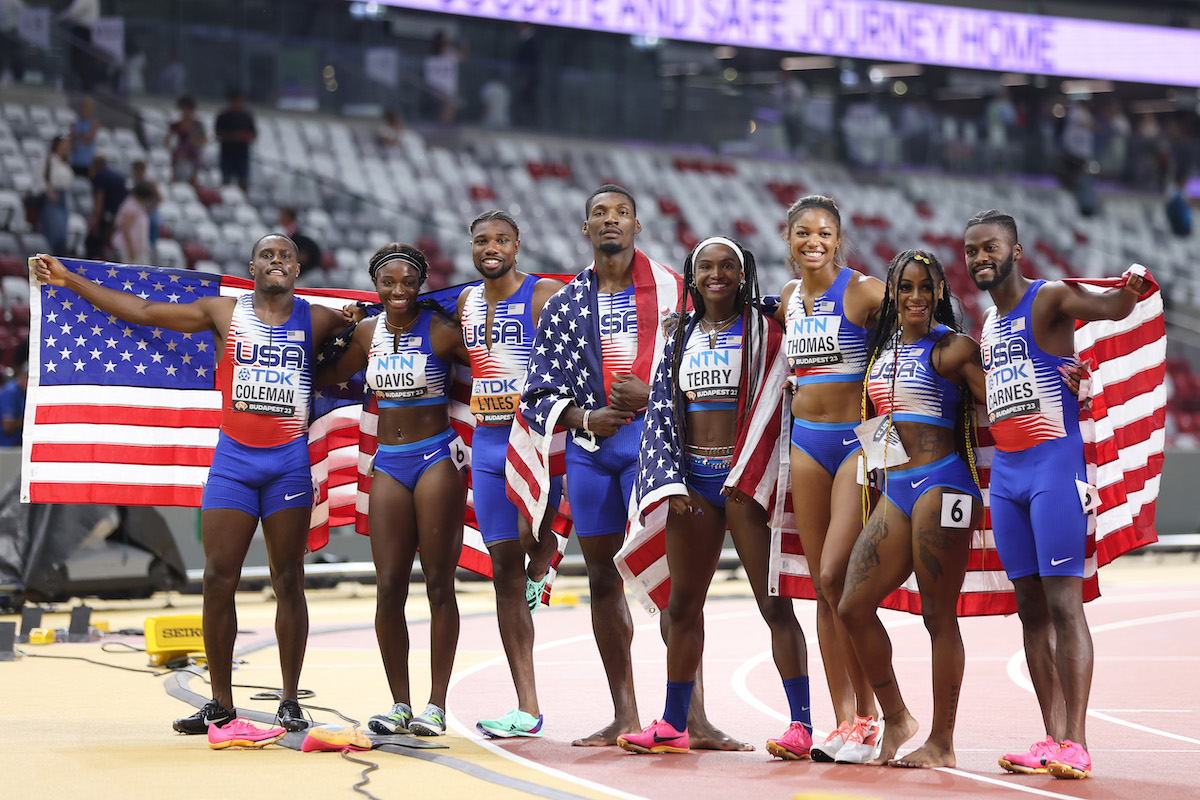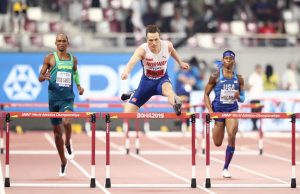There is little more than a month to go to the IAAF World Cross Country Championships, Guiyang 2015 on Sunday 28 March when the spotlight will be shone on the Chinese city.
The oldest of the IAAF World Athletics Series competitions, this year’s event will be the 41st staging of the global cross-country contest. It will also be the third time the championships have been held in Asia, following the 2006 edition in Fukuoka and the 2009 event in Amman.
Preliminary entries suggest this year’s championships will be bigger than the past three editions. An expected 460 athletes from 56 countries are set to compete in Guiyang, surpassing the numbers from 2013 (400 athletes from 41 countries), 2011 (423 athletes from 51 countries) and 2010 (437 athletes from 51 countries).
On Sunday 28 March athletes will compete in four races over the conventional distances for the championships: senior men – 12km, senior women and junior men – 8km, junior women – 4km.
In 2013 Kenya won three of the four individual team titles, but seven nations made it on to the medals table; the last time more countries made it on to the podium was back in 2004.
Kenya has topped the medals table at the past four editions of the World Cross Country Championships, but throughout the years Ethiopia has proved to be their toughest opposition and that trend looks set to continue this year.
Uganda and Eritrea are also expected to pose a formidable threat, but the hunt for medals is not restricted to African countries. In 2013, USA took team silver in the senior men’s race, finishing ahead of Kenya. Meanwhile, Japan and Great Britain traditionally field strong teams in the junior women’s race and could challenge for a podium place.
The championship course, which is located in a mountainous area approximately 30km away from the city and is set in and around a horse racing circuit, is a well-known facility which since 2000 has hosted Asian and national cross-country championships.
The start and finish areas are situated in the flat centre of the horse racing circuit and benefit from permanent spectator tribunes. However, the vast majority of the course is undulating, set on and around the sides of a large hill which dominates one side of the track. With the addition of man-made obstacles, the course will be true test of endurance over a traditional cross-country running terrain.








